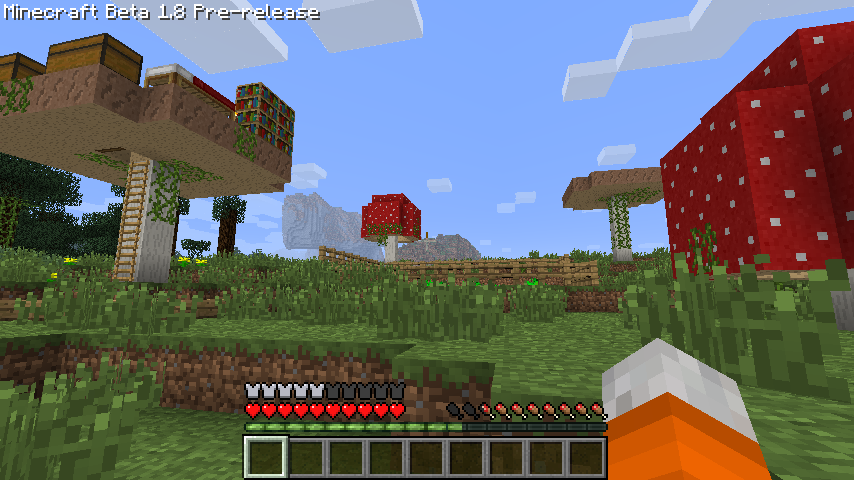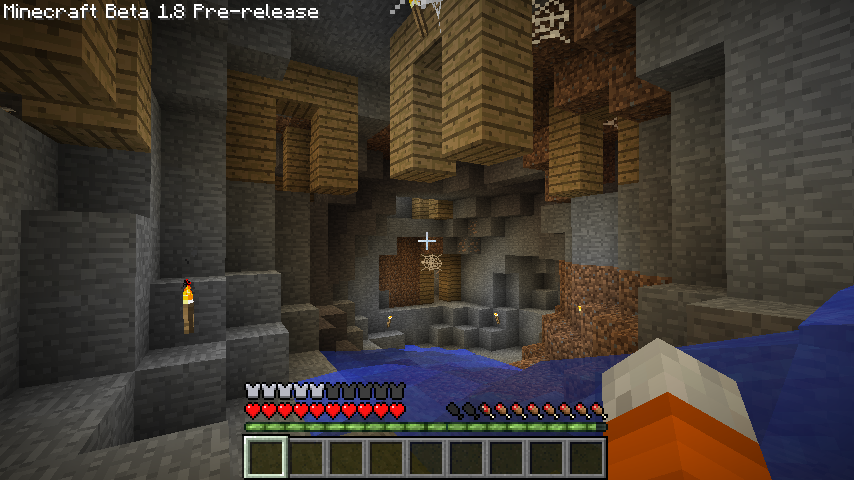I learned SQL when I started PHP. I found a website named Tizag, where they had SQL tutorials. I installed PhpMyAdmin, created tables, ran queries like SELECT * FROM pages WHERE foo IS bar LEFT JOIN ON comments or whatever. It was magic.
No one ever explained to me how it stored the information, or how it was so fast (or slow). They did say that indexes made stuff faster, sometimes.
On the other hand, when you read the CouchDB guide, they do not primarily teach you their query language, but also a lot about how stuff works. A lot of this also applies to SQL databases.
Storage
CouchDB uses a B-tree to store documents. This provides O(log n) lookup, update, etc. rather than O(n) scanning of all documents. It seems most SQL databases use a B-tree as well, but not always.
Indexes
When you add a WHERE clause to your query, the database has to look at all documents for a match.
If you add an index to the field, you get a sorted representation of that field. This way you can get single items or ranges(time > 123456) in logarithmic time, using binary search.
CouchDB gives you a ‘view’ of the _id of a document, but other views will have to be created to create the equivalent of a WHERE clause. (What _id is in CouchDB, is your primary key in SQL)
Locking & Transactions
NoSQL databases are infamous for their lack of locking and transactions. Why? For the sake of scalability.
Let’s ignore for a moment that 90% of all apps can run on a single server. The idea is that creating a transaction synchronously on a whole cluster is nearly impossible, let alone fast. So you you just don’t to it at all, in NoSQL land.
The flip side is that not locking at all allows reads to be faster. More on that in the next section.
Interesting to note is that both CouchDB and PostgreSQL use MVCC, allowing for reads without locking. So this is not unique to NoSQL databases.
History & Recovery
CouchDB stores its data in append-only B-trees, meaning that data is never changed.
Because old data is still there and immutable, readers can access it without waiting for a write to complete. It is even possible to read old revisions of the data.
What is maybe even more interesting is that, if the server crashes in the middle of an update, the old data is still there.
InnoDB also applies a similar technique, unlike Mysam, which needs to scan and repair the whole database.
Joins
Basically the same thing as transactions, you don’t want to scavenge your whole cluster looking for all comments referencing a blogpost.
The high-performance way to do joins is to not do joins, instead unlearn everything your learned about normalization, and denormalize.
The other way to do it teaches us more about SQL joins though. Basically you create an index or view on the ‘foreign key’, and run a separate query to get the correct documents. Here is an elaborate example.
Conlusion
Neither SQL or NoSQL databases are magic, and they are even pretty similar in most ways. Don’t follow the hype, choose wisely.


